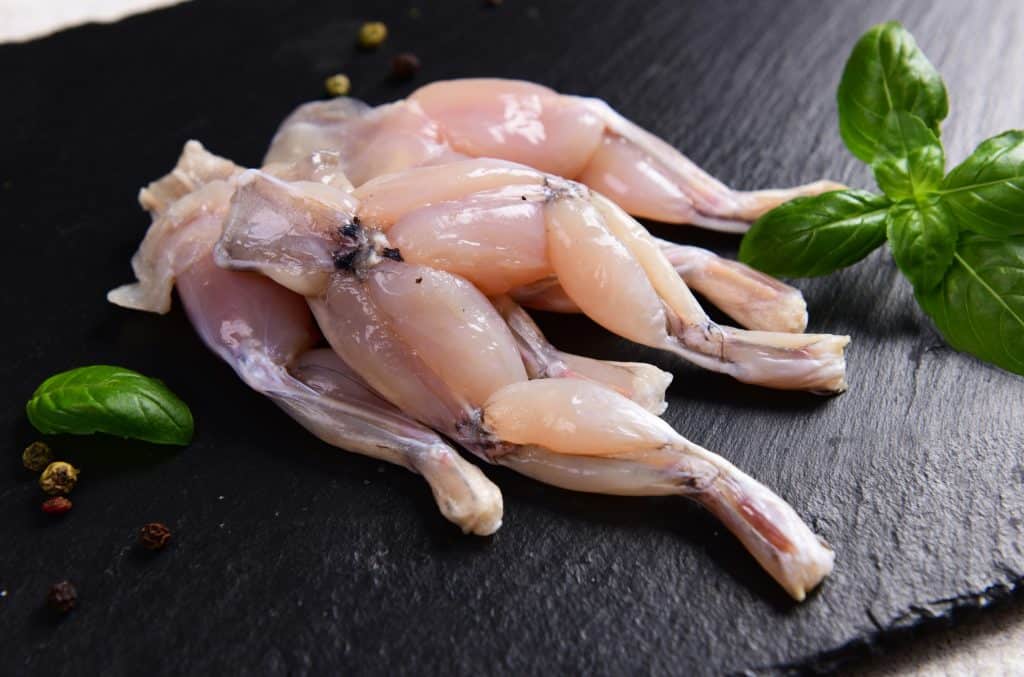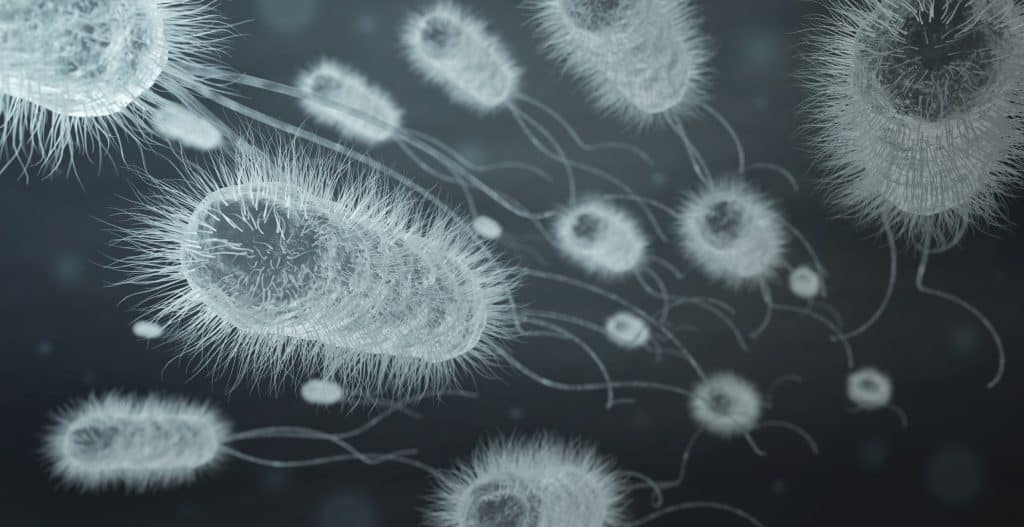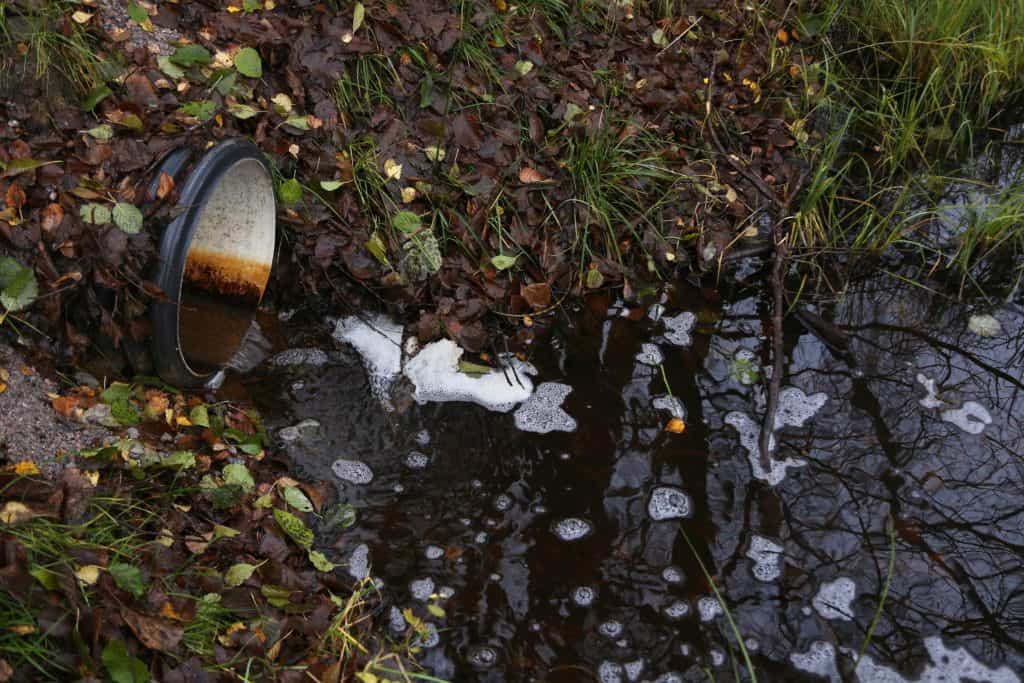Frog legs may seem like an odd meal, but they’re actually quite healthy – being filled with protein, vitamins (specifically B12), potassium, and magnesium. They’re a great addition to a lot of people’s diets, but can you eat frog legs while you’re pregnant?
While you technically can, some notable risks come with eating frog legs while pregnant. Most frogs are wild-caught and may come with bacteria, chemicals, parasites, and environmental pollutants absorbed into their body. The pollutants in particular can’t be treated with cooking – so while you can reduce the danger, you can’t remove it entirely.
So even if you might be able to eat frog legs while pregnant, you’ve got a lot of serious risks to mitigate. We don’t believe it’s worth the effort, but we can provide you with a breakdown of the biggest risks involved, along with a few pointers to ensure that your frog legs are safe for consumption – or at least, as close as we can get them to that point.
Can I Eat Frog Legs While Pregnant?
Contamination
Surprisingly, frog meat by itself is pretty healthy – it’s the contaminants that accumulate in the meat that make it problematic to eat. Unfortunately, farming frogs is usually impractical for most climates, so most of the frog meat in circulation is harvested in the wild rather than raised.
We’ll go over the most common contaminants you’ll encounter here, along with key precautions for pregnant women to bear in mind when eating frog legs down below.
Bacteria
Bacteria is a big concern with wild game, and frogs are no exception. While a lot of bacteria are dangerous to consume, you need to be especially mindful of Salmonella, E. coli, and botulinum.
A whopping 94% of all Salmonella poisoning cases come from food and leave patients afflicted with fevers, diarrhea, and painful stomach cramps.
Coli may be less prevalent, but it can still be transmitted through frog meat – even healthy-looking animals may carry this bacteria, which ends up passed on after consumption. The scary part about E. coli is that it’s also been linked to the rupture of membranes, causing pre-term births!
While botulinum hasn’t been tied to adverse effects on fetuses directly, botulism poisoning does awful things to a person’s body. It can cause weakness, difficulty breathing, and even muscle paralysis – all of which would only serve to compound the toll pregnancy takes on your body!
Fortunately, all three of these troublesome bacteria can be deactivated with high heat, rendering your frog legs safe to eat for pregnant women. As botulinum has the highest heat tolerance among the bacteria, you want to aim for the temperature to deactivate that (which is 80°C or 176°F).
Do note that this only denatures the bacteria – killing the spores needs a much higher temperature of 120°C. This usually isn’t necessary, as the spores by themselves aren’t dangerous.
Parasites
Parasites are also another concern for pregnant women who want to safely eat frog legs. Frogs are amphibious and live near ponds or bodies of water that are full of active parasites.
Two of the most common ones are flukes and protozoa. Flukes permeate the body, seeking out spots like the liver or gallbladder to leech nutrition from. Protozoan parasites are a category of microorganisms linked to pregnancy complications like low birth weight, anemia, or even stillbirths – at minimum, they’ll give awful bouts of diarrhea sure to dehydrate mother and child.
Thankfully, the solution is the same for the contaminants above – cook it out! The temperature needed to kill parasites is significantly lower than what’s needed to kill botulinum, so simply following the threshold above will be more than sufficient to deal with this problem!
Chemicals and Environmental Pollution
Lastly comes potential chemical and environmental pollution the frog might accumulate over its lifetime. The earlier concerns seem more urgent, but this type of contamination is the greatest danger when it comes to eating frog legs while pregnant – because you can’t fully account for it.
This usually comes in the form of pesticides or heavy metal runoff in the area, which seeps into the frog’s body and taints the meat. Pregnant women exposed to these heavy metals increase the risk of their infant being born with birth defects – specifically concerning brain development.
The most important thing to note is that you can’t cook off this accumulated contamination. Unless you’re certain of the quality of your frog legs, we wouldn’t advise you to take that risk.
Final Thoughts
So, what are the risks of eating frog legs while pregnant? Undercooked frog legs can carry a lot of contaminants which will do a number on not just your body, but your fetus too. You can prepare frog legs to be safer, but you can’t fully negate the risks involved with eating them. For this reason, we wouldn’t recommend that you continue eating frog legs while pregnant.
If you’re considering other protein sources, such as Chick-fil-A, it’s important to be mindful of the choices you make there as well. While Chick-fil-A offers some healthier options, always consider the nutritional content of what you’re eating. Just like with frog legs, being cautious about the foods you consume during pregnancy ensures the best health for you and your baby.



